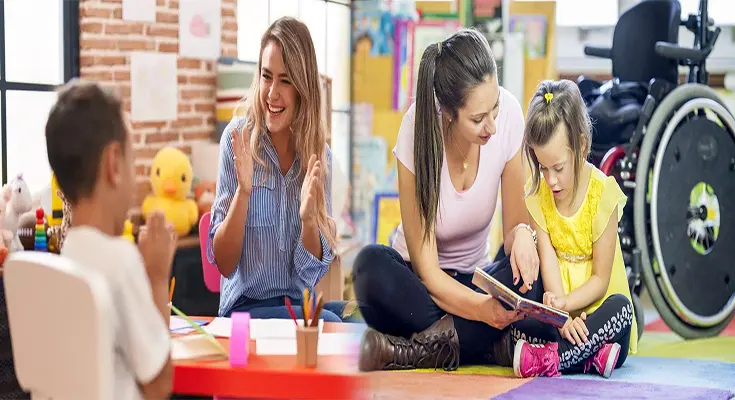Creating effective Individualized Education Programs (IEPs) tailored to the unique needs of children with autism is essential in providing the necessary support for their academic, social, and emotional development. An IEP serves as a roadmap for educational planning, outlining specific goals, accommodations, and services designed to address the individual strengths and challenges of each child. Developing impactful IEPs for children with autism requires a comprehensive understanding of the condition and a collaborative, person-centered approach.
Understanding Autism Spectrum Disorder (ASD)
Autism Spectrum Disorder (ASD) is a complex neurodevelopmental condition that manifests in diverse ways, impacting an individual’s communication, social interaction, and behavior. Recognizing the unique characteristics and needs of children with autism is fundamental in crafting effective IEPs that cater to their specific requirements and strengths.
Person-Centered Planning and Collaboration
Developing an IEP for a child with autism should be a collaborative effort involving parents or guardians, special education professionals, general education teachers, and other relevant stakeholders. Person-centered planning, which places the child and their family at the center of decision-making, ensures that the IEP is informed by the child’s preferences, strengths, and individual circumstances.
Clear and Measurable Goals
Effective IEPs for children with autism should articulate clear, measurable goals that address areas such as communication, social skills, sensory sensitivities, and academic progress. These goals should be specific to the child’s needs and structured in a manner that allows for progress monitoring and objective evaluation.
Utilizing Evidence-Based Practices
Incorporating evidence-based practices and interventions is crucial in designing effective IEPs for children with autism. Strategies such as Applied Behavior Analysis (ABA), visual supports, social skills training, and communication interventions should be integrated into the IEP to support the child’s individualized learning and development.
Tailored Accommodations and Supports
Accommodations and supports play a significant role in ensuring access to the curriculum and promoting overall success for children with autism. This may include environmental modifications, assistive technology, sensory tools, and individualized instruction methods that cater to the child’s unique learning style and sensory needs.
Transition Planning
For children with autism, transition planning within the IEP is essential for preparing them for the challenges and opportunities that arise as they progress through different educational stages. This may involve setting goals for post-secondary education, employment, independent living, and community integration, ensuring that the IEP addresses the child’s long-term aspirations and needs.
Cultivating a Supportive School Environment
An effective IEP extends beyond individual goals and accommodations to encompass the broader school environment. Educators and school staff should undergo training to understand autism and adopt inclusive practices that foster a supportive and accepting atmosphere for children with autism. This may involve promoting peer acceptance, implementing sensory-friendly initiatives, and creating spaces that cater to the sensory needs of students with autism.
Developing effective Individualized Education Programs (IEPs) for children with autism requires a holistic and personalized approach. By prioritizing collaboration, utilizing evidence-based practices, and tailoring accommodations to meet the individual needs of each child, educators and stakeholders can ensure that children with autism receive the support necessary to achieve their full potential in the educational setting and beyond.





